
Learning from the Northern Saints
Every follower of JesusJesus (Greek form of Hebrew 'Joshua' meaning 'Yahweh [God] is salvation') Also given the title Christ, meaning 'anointed one' or Messiah. His life is recorded mainly in the Four Gospels although he is also mentioned by the Jewish historian Josephus (c. 37-c.100) and the Roman historian Tacitus (c.110). is a ‘saintSaint In the New Testament applied to all Christians. Later used of those who were martyred or showed exceptional holiness and whose status was confirmed by the church. The practice of venerating the saints and their relics and asking for their intercessions (prayers) can be observed from the second and third centuries onward and played a central role in popular medieval religion.,’ someone called to serve God
Saints and us
What is a saint? And why are they so relevant to us today?
In every generation since the Church began, there have been people whose lives have especially reflected God’s character and his love for the world. Many of these have been given the formal title of ‘Saint,’ such as St BedeBede, the Venerable (c.673-735) Anglo-Saxon historian and biblical scholar. Sent to study at the monastery of Wearmouth at seven; later transferred to Jarrow. Renowned in his lifetime for his learning, Bede wrote treatises on poetry, time and cosmography. Historical works include History of the Abbots, prose and verse versions of the Life of St Cuthbert and Ecclesiastical History of the English People., St CuthbertCuthbert, St (d. 687) Celtic monk and hermit. Bishop of Lindisfarne 685., St HildHild, St (c.614-680). Sometimes Hilda. Abbess of the double monastery at Whitby., St Columba, and St PaulinusPaulinus, St Bishop of York 627-644. Sent to England with Saint Augustine. Accompanied Queen Ethelburga north on her marriage to King Edwin of Northumbria. Converted King Edwin and the Northumbrians in 627 and founded the first York Minster..
But the Bible also describes every follower of Jesus as a ‘saint,’ someone called to serve God, live out his holiness and priorities, and share his message of forgiveness and new life. So special ‘Saints’ can be very helpful signposts for all of us, inspiring and challenging us by the ways they prayed, thought, acted, and took risks to serve God and others.
‘Christ is the Morning Star, who, when the night of this world is past, gives to his saints the promise of the light of life, and opens everlasting day.’
BedeBede, the Venerable (c.673-735) Anglo-Saxon historian and biblical scholar. Sent to study at the monastery of Wearmouth at seven; later transferred to Jarrow. Renowned in his lifetime for his learning, Bede wrote treatises on poetry, time and cosmography. Historical works include History of the Abbots, prose and verse versions of the Life of St Cuthbert and Ecclesiastical History of the English People.
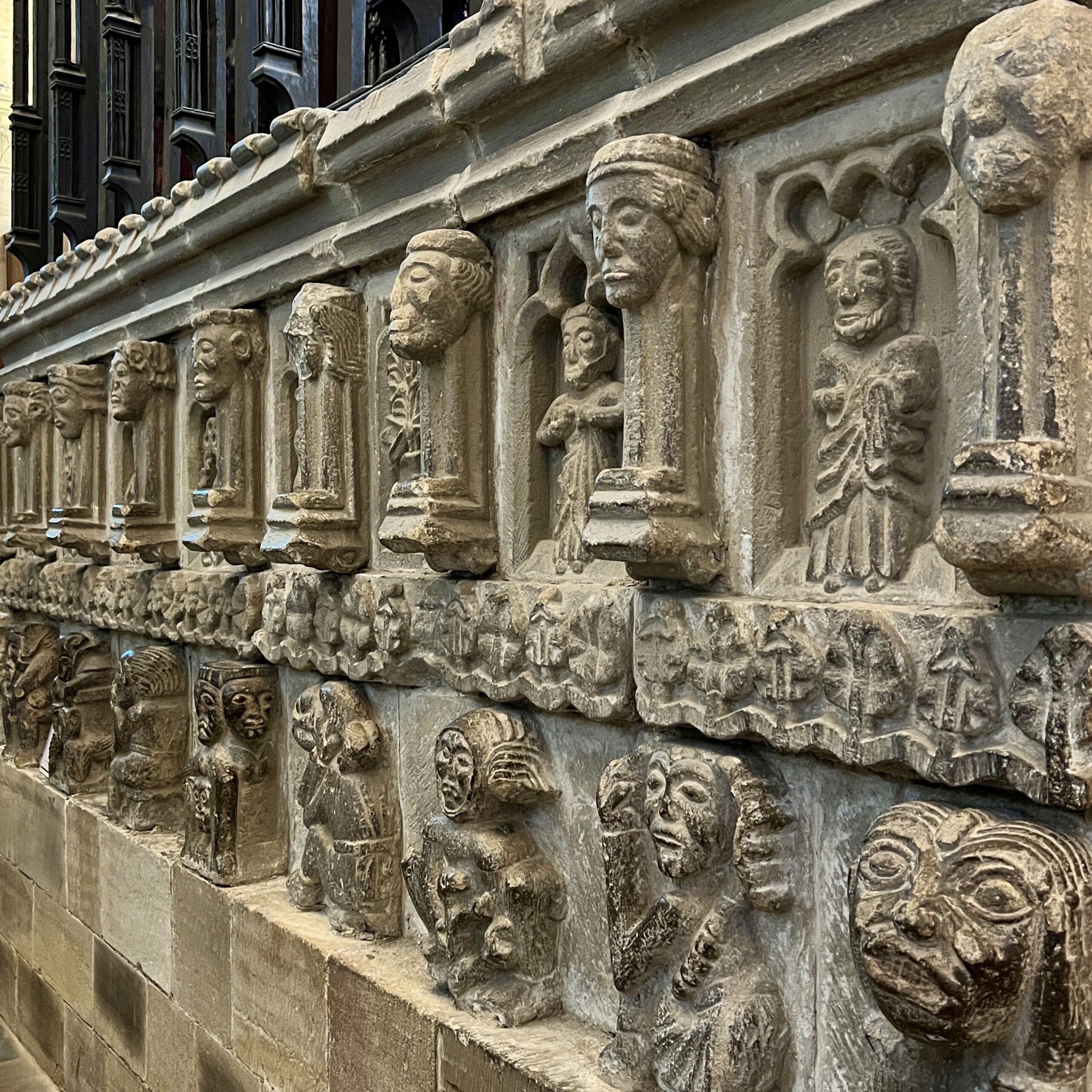
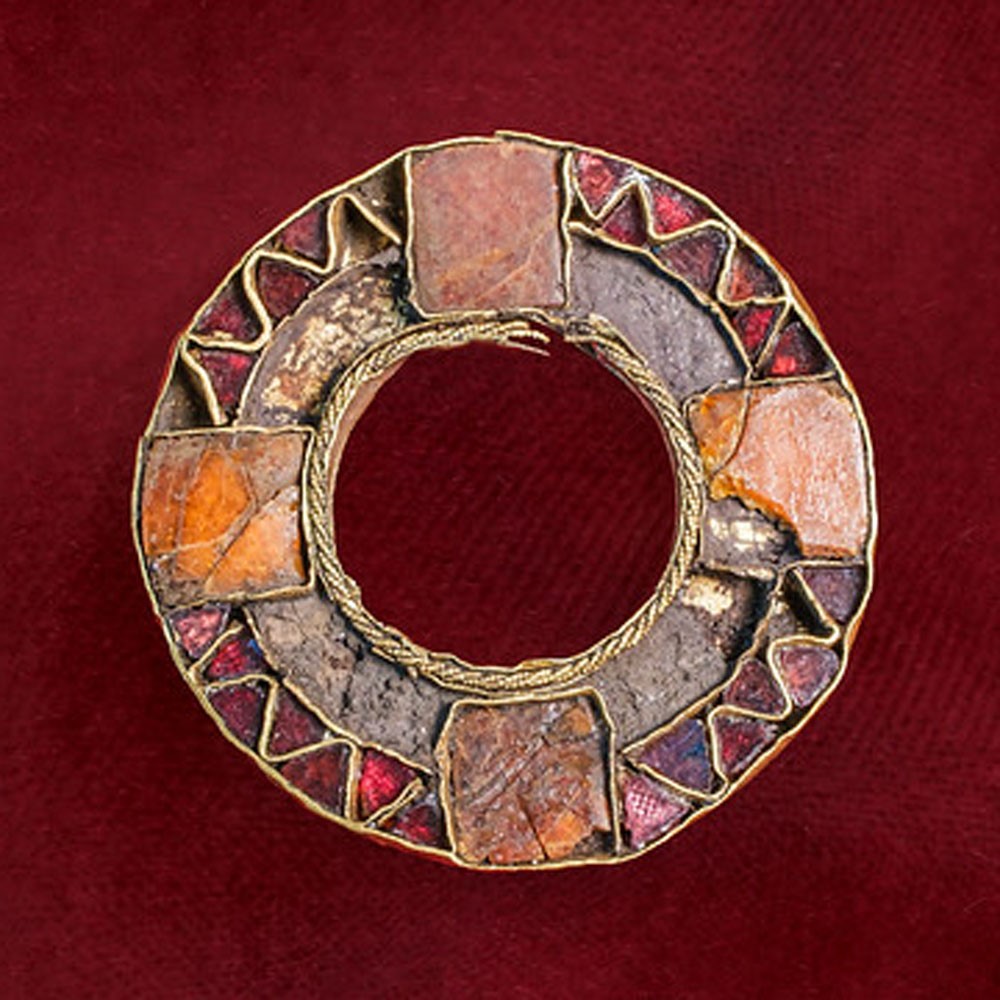
How can the past encourage and equip us today?
The Church born in the North during the Anglo-Saxon period demonstrated an inspiring depth of biblical understanding, spiritualitySpirituality Term used to describe the experiential dimensions of religion, encompassing aspects such as prayer, meditation, contemplation, and mysticism., and creative outreach. This made their worshipWorship 1. Doing homage and giving honour and respect to God. The Bible includes a wide range of physical expression in worship, including bowing down, lifting hands, dancing, processions and singing. The main day on which Christians gather for communal worship is Sunday (the day when Christ is believed to have risen from the dead). 2. Christian liturgy including sung material and prayers of thanksgiving and praise., teaching, evangelism, and discipling accessible, relevant, and powerful.
Like us, the early ‘Northern saints’ faced strong resistance, unexpected challenges, and conflict – against the background of a constantly shifting, diverse culture. Yet time and again they found new ways forward.
Their faithFaith 1. Belief and trust in someone or something. 2. Acceptance of particular religious teachings. brimmed over with creativity seen in stunning art and craftsmanship, intriguing poetry, beautiful architecture and music. It sparked an insatiable curiosity about the world around which produced the greatest scholars of the age. They joyfully celebrated the beauty of nature. And their faith was rooted in a quiet confidence that all who wish can join a pilgrimPilgrim 1. In the New Testament and Christian thought, someone engaged in the Christian journey through life towards heaven. 2. Someone who journeys to holy places (such as biblical sites or shrines of the saints) to seek God's help, to give thanks, or as an act of penance journey through life, finding a deep security in the God who created and loves them. For all these reasons, they have much to share with us today. They also offer much to share with those around us seeking answers in their own lives.
Saints in the North
The North has been deeply affected and enriched by the lives and actions of many followers of Jesus through the years. They’ve left their mark on our heritage, our landscape, and our laws, on art and architecture, education and society. Schools, churches, roads, and landmarks across the region still carry their names.
This website offers resources to help us discover and be challenged by the faith and faithfulness of Northern saints, past and present.
You will find Paulinus, the courageous evangelistEvangelist 1. Used of the four Gospel writers: Matthew, Mark, Luke, John.2. Someone who proclaims the the Christian message or Gospel (evangel).3. A character in John Bunyan's Pilgrim's Progress.; Aidan and Chad, who took God’s love and care to rich and poor alike; and Bede who gave his life to learning and teaching about faith, science, and the arts.
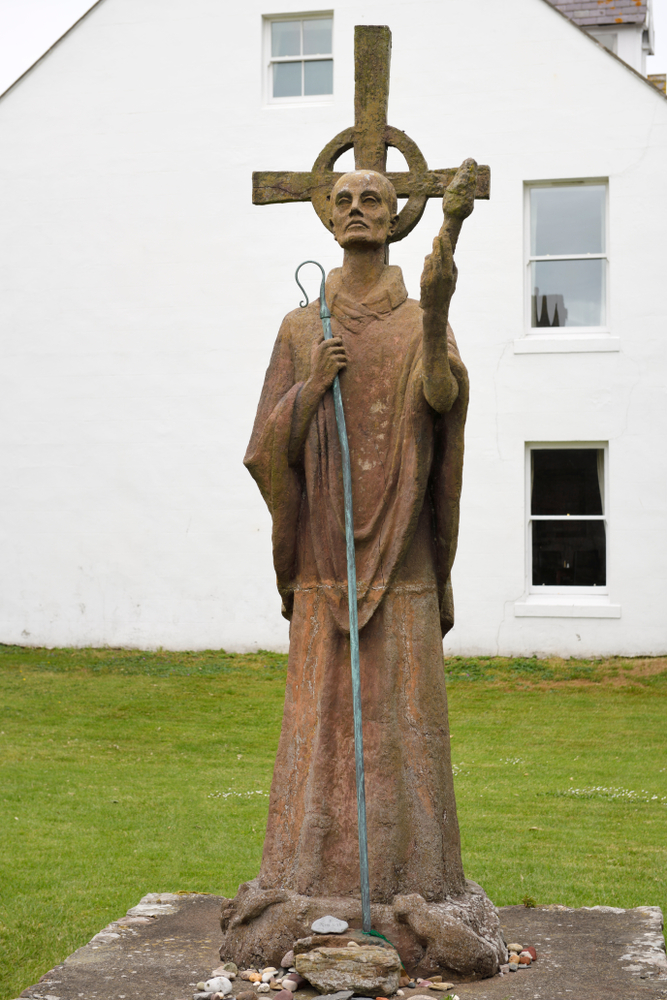
‘Aidan travelled everywhere, not on horseback but on foot, so when he saw anyone, whether rich or poor, he could invite them to accept the mystery of faith.’
Bede’s History
You can also meet St Hild, an outstandingly wise and influential female leader; Queen Eanfled, who used her position to support missionMission 1. A group of people sent out to share religious faith. 2. The task of sharing faith.; St Cuthbert, whose prayerful simplicity still inspires many;

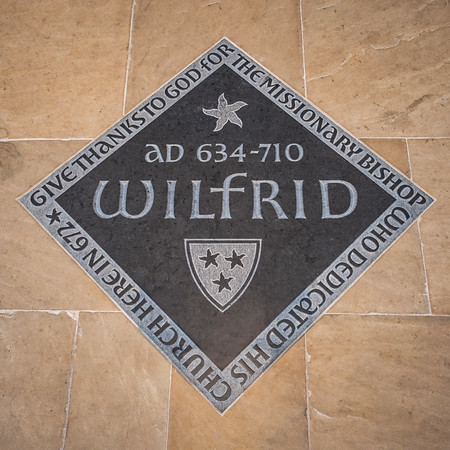
… and St Wilfrid, who travelled far and wide to preach, teach practical skills, and bring back new ideas which continue to shape church buildings and worship today – and many others.
‘When Wilfrid first came to the kingdom [of the East Saxons] and saw the suffering and famine there, he taught them how to find food by fishing.’ Bede’s History
Bede’s History
These were people who lived in difficult times, facing political turmoil and an often shifting cultural and social context. It was tough to follow Christ but that didn’t stop them from being bold, innovative, and creative in living out and sharing their faith. They cared about creationCreation Christian doctrine, based on the first two chapters of the Book of Genesis and amplified by the theologians, stated that God created 'heaven and earth' ex nihilo, out of nothing. When the physical world had been formed, Adam and Eve were created 'in the image of God', without sin and able to communicate directly with God. Their mandate was to rule as stewards over the natural world., poverty and justice. They transformed the world around them.

Learn more about some of the Northern Saints
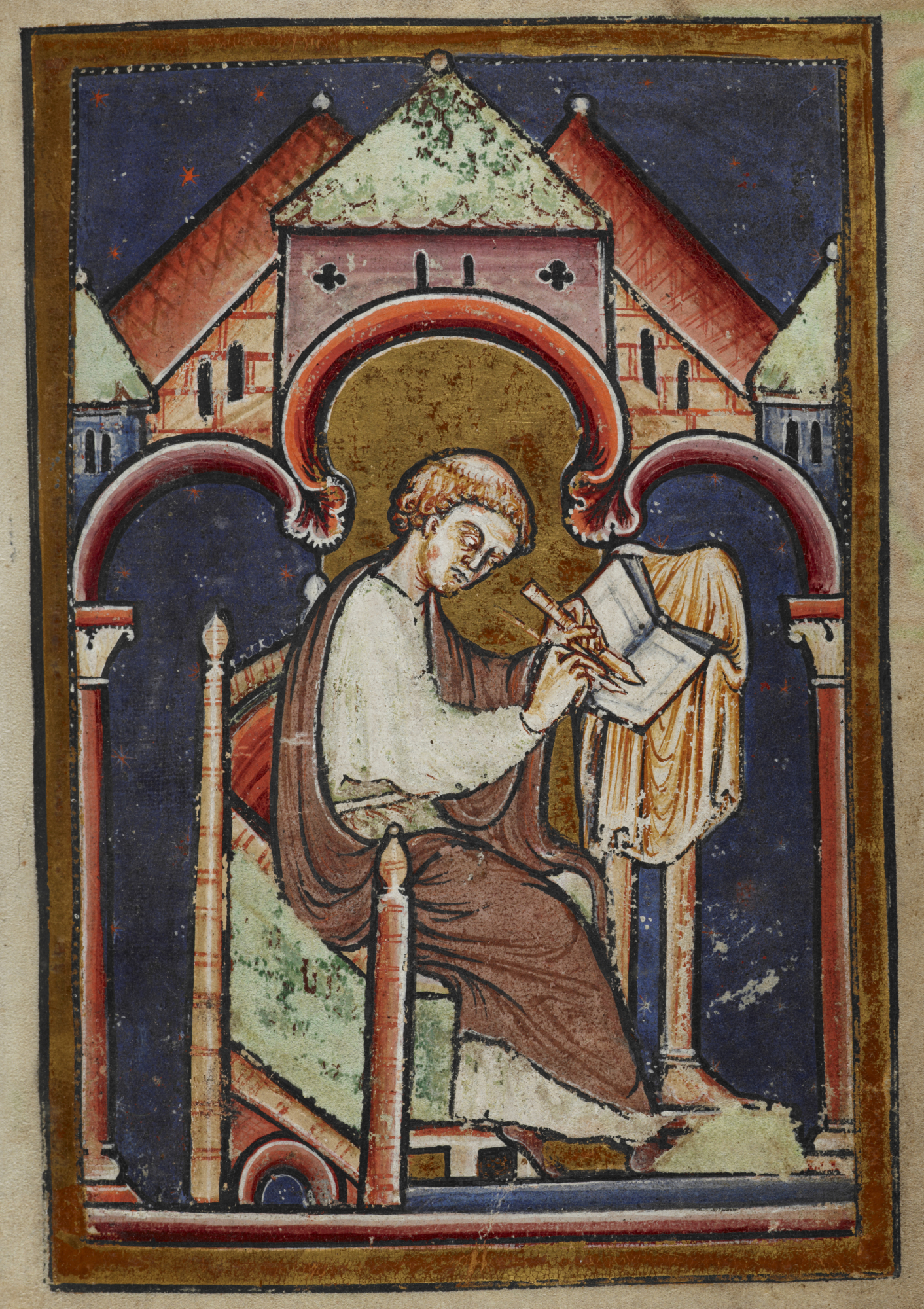
St Bede
‘Candle of the Church’ and Father of English History
Famous internationally for his knowledge of science, the arts, and the Bible. He had also popularised a single universal dating system (BC and AD), which is still in use today, and created the first history of the English.
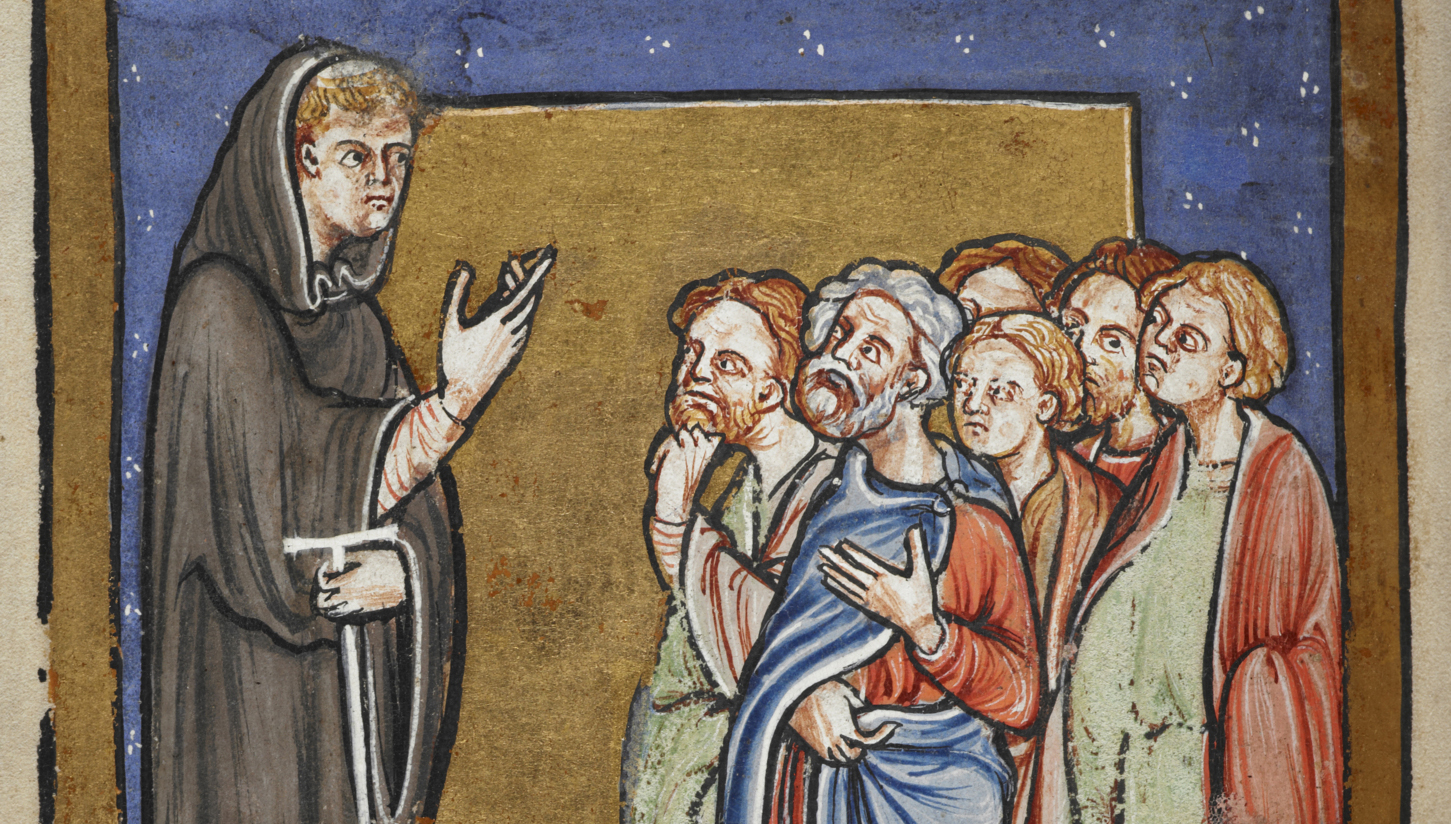
St Cuthbert
A man connected with the natural world
A key figure in the history of the North, his name and influence can be found in many places.
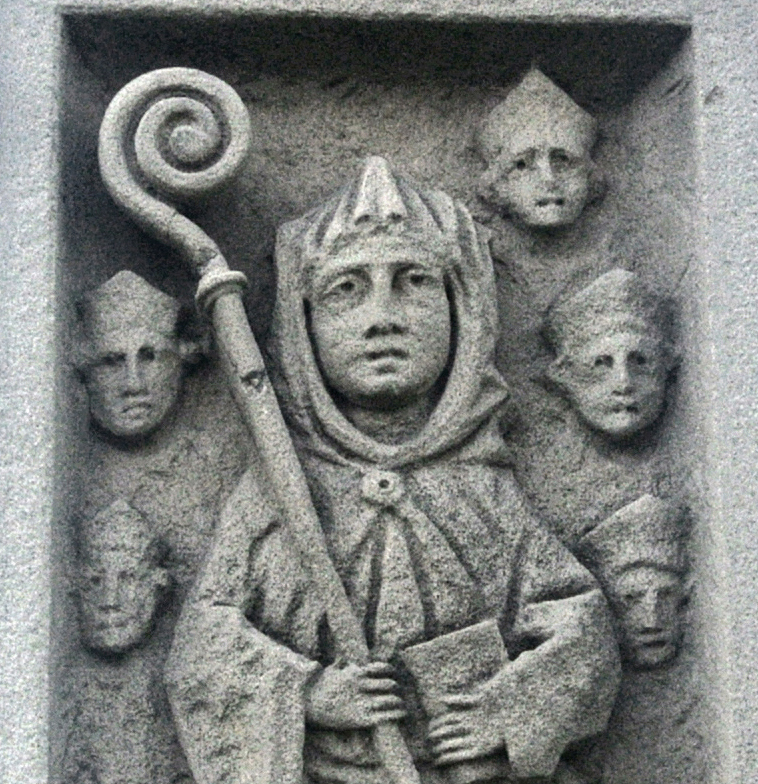
St Hild
A brilliant light that lit all Britain
St Hild (614–680) was an outstanding female leader who had a huge influence on the Church in NorthumbriaNorthumbria Northumbria was an early medieval Anglian kingdom in what is now Northern England and South Scotland..
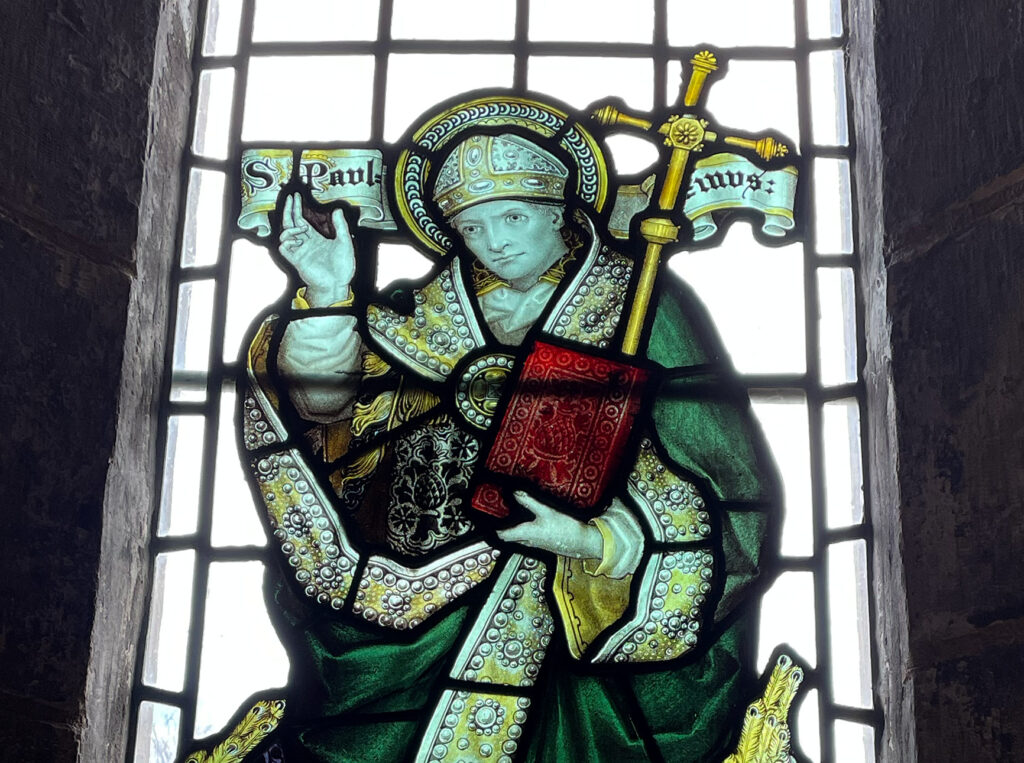
St Paulinus
Ground breaking missionaryMissionary Someone sent out to share religious faith.
Paulinus was sent by PopePope Head of the medieval church in the West. Used as a title preceding the name of the Bishop of Rome, the head of the Roman Catholic Church Gregory I from RomeRome This Italian city was the capital of the Roman Empire and, with the primacy accorded to the bishops of Rome (the popes), the centre of the Western Church from the late-Antique period onwards. Rome was not only the administrative centre, but an important source of innovation, relics and liturgy. Missionaries from Rome played an important role in the conversion of Anglo-Saxon England from late 6th century onward. to Kent in 601 to help St Augustine in his mission then dispatched to Northumbria as bishopBishop Bishops exercised pastoral care over a diocese and authority to confirm and ordain to bring the ChristianChristian Name originally given to disciples of Jesus by outsiders and gradually adopted by the Early Church to designate all members of the church. faith to Edwin and his kingdom.
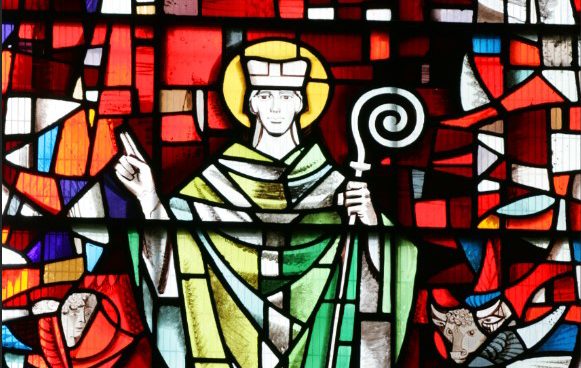
St Wilfrid
A man of intense spiritual energy and commitment
One of the great leaders of the Christian church in England at a formative time in its history. He served as a bishop for 46 years and left a lasting mark on Ripon and Hexham.
Sign up to our Newsletter
Stay in Touch
Keep up to date with all the latest resources when they are added to the hub